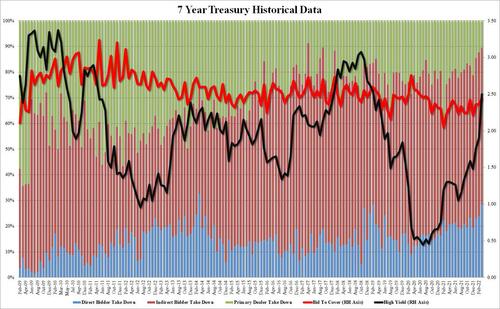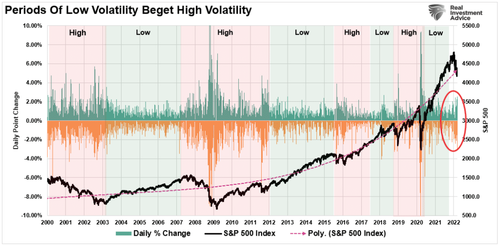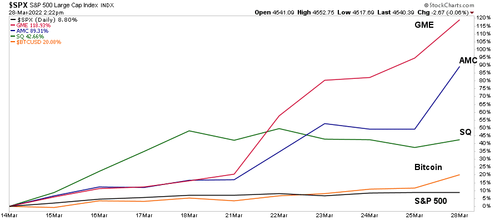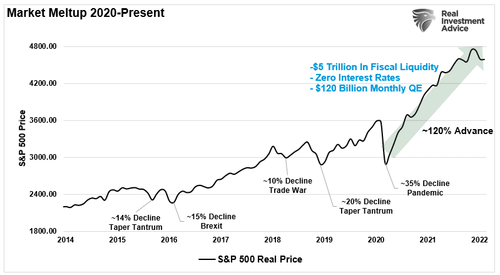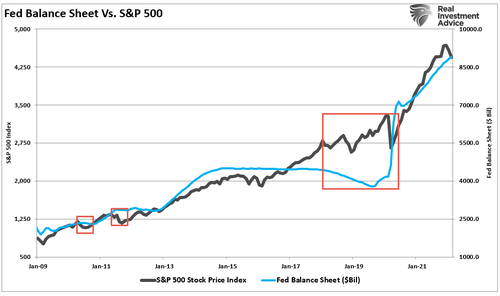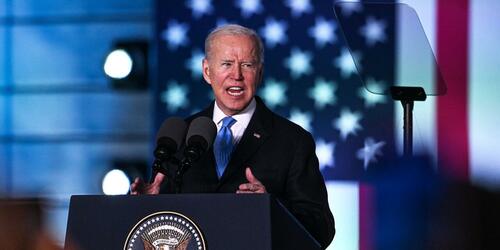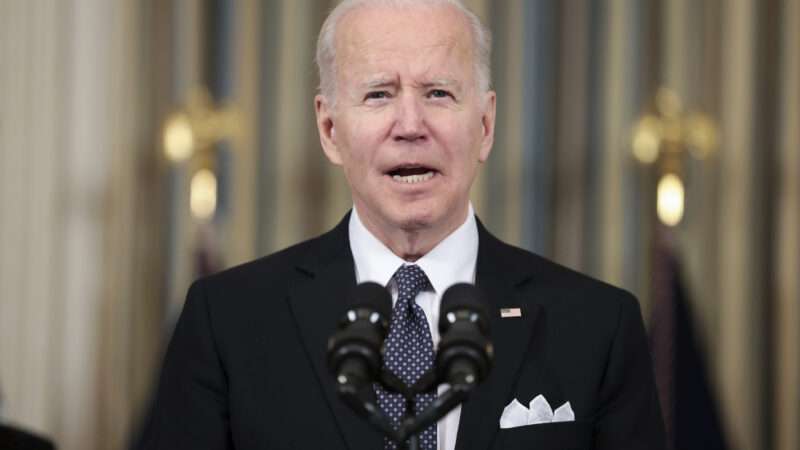As Sanctions Bite, Average Russians Turn To Gold
As the ruble collapsed under the strain of economic sanctions after Russia invaded Ukraine, the Russian people turned to gold to protect their wealth.
Russians went on a gold-buying spree in the first couple of weeks after the invasion.
Sberbank ranks as Russia’s largest financial institution. It reported the demand for gold quadrupled during the first two weeks of March. Demand from the Russian citizenry was so strong, the Central Bank of Russia suspended its gold purchases from local banks so they could leave inventory for their customers.
Demand for silver, platinum and platinum were also strong.
On March 9, President Putin suspended the 20% VAT tax on precious metals. The move was designed to encourage people to buy gold instead of foreign currencies as the ruble collapsed.
“Currently, households’ demand for buying physical gold in bars has increased, driven, in particular, by the abolition of value-added tax on these operations,” the Central Bank of Russia said in a statement earlier this month.
According to Russian media, Sberbank Borrow and Save Division Director Sergei Shirokov said the bank’s clients are trying to protect their savings.
Precious metals are a traditional defensive asset that helps to feel confident in any economic situation. At the moment, our clients want to receive a physical guarantee of the safety of their savings, and bullion is an excellent tool for this.”
The Russian Ministry of Finance called gold an “ideal alternative” to the US dollar.
After pausing during the COVID-19 pandemic, the Central Bank of Russia resumed gold purchases in early March before suspending them again a couple of weeks later. The Russian central bank resumed buying gold from local banks on Monday (March 28) at a fixed price of 5,000 roubles ($52) per gram. This is about $16 below market value. In effect, this puts the ruble on a gold standard.
The country has the fifth-largest gold reserves in the world. Before ending its purchase program at the onset of the COVID pandemic, Russia was the biggest central bank buyer of gold. The Central Bank of Russia bought $4.3 billion worth of the yellow metal between June 2019 and June 2020. And the Russians were buying gold long before that. The Central Bank of Russia bought gold every month from March 2015. According to Bloomberg, “Russia spent more than $40 billion building a war chest of gold over the past five years, making it the world’s biggest buyer.”
Sanctions have locked down Russia’s gold reserves. Last week, the US made it clear any transactions involving the Central Bank of Russia’s gold stash are covered under existing sanctions.
“US persons, including gold dealers, distributors, wholesalers, buyers, individual traders, refineries, and financial institutions, are generally prohibited from engaging in or facilitating prohibited transactions, including gold-related transactions in which blocked persons have an interest.”
Other countries have followed suit.
As Reuters reports, Japan will ban the shipment to Russia of precious metals, especially gold, in response to its invasion of Ukraine, the Ministry of Finance said on Tuesday.
The ban on Russia-bound precious metal reflects Prime Minister Fumio Kishida’s resolve to impose further sanctions against the country, pledged at last week’s meeting of leaders from the Group of Seven (G7) advanced nations.
Specifically, from April 5, Japan will ban the export of precious metals such as gold as well as other items including luxury cars, jewellery, cosmetics and liquor. Japan’s move comes after the United States and Britain took steps to curtail transactions in gold with Russia.
But a lot of analysts think it will be difficult to stop Russia from using its gold in practice. Gold Newsletter editor Brien Lundin told Marketwatch a lot of government officials don’t seem to understand gold.
Any sanctions on Russia’s gold reserves would do little more than reveal the degree to which government bureaucrats don’t understand gold. The beauty of gold, unlike currencies, is that it is an untrackable store of value that has no counterparty.
He also said Russia can easily sell small amounts of gold on the open market.
“In bulk quantities, it could just as easily sell the gold to China with no record of the transaction,” Lundin said, noting that China has demonstrated that it is an “eager buyer of gold.”
Tyler Durden
Tue, 03/29/2022 – 13:30
via ZeroHedge News https://ift.tt/95YrKju Tyler Durden

